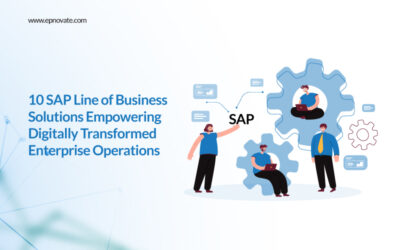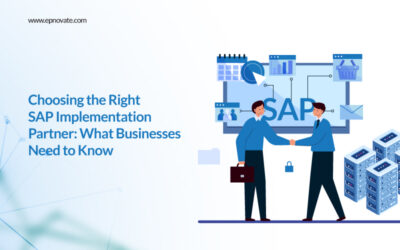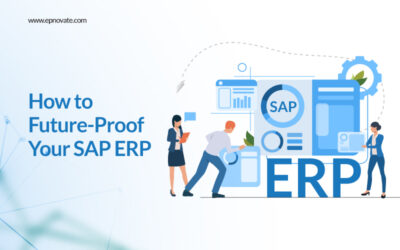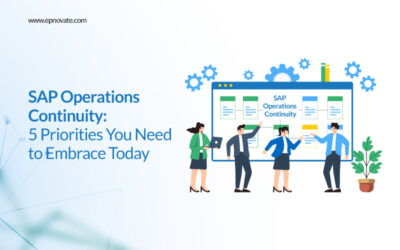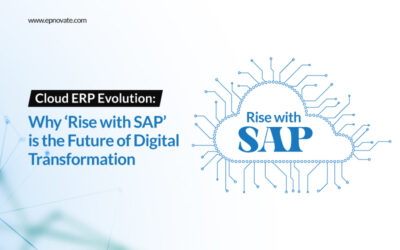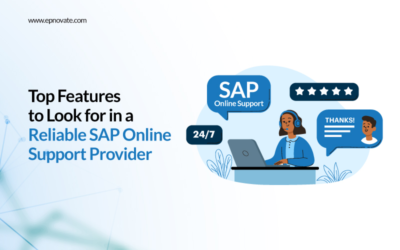Why Businesses Should Consider Migrating Their SAP Systems to the Cloud
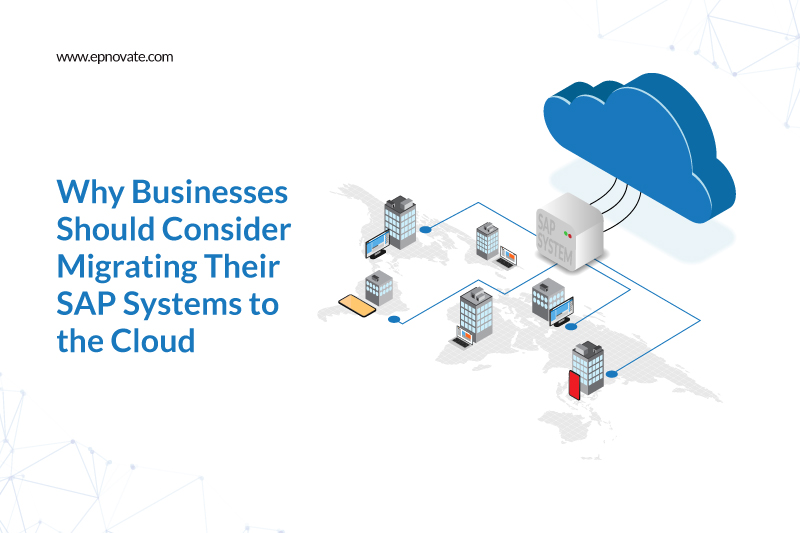
Businesses use SAP systems to streamline operations and stay efficient. With advancing technology, many are shifting these systems to the cloud for better performance.
This blog will explore why migrating to S/4 HANA in the cloud is essential for businesses, its benefits, and how to navigate the process successfully.
What is SAP, and Why is it Critical for Businesses?
SAP (Systems, Applications, and Products in Data Processing) is a powerful software that helps businesses manage everything from finances to supply chains, acting as the backbone of their operations.
With SAP ECC support ending in 2030, companies are moving to SAP S/4 HANA—a smarter, cloud-ready version designed to meet today’s evolving business demands and future challenges.
The Rise of Cloud Computing in Business
Cloud computing is transforming businesses by offering flexibility, scalability, and cost savings. It lets companies securely access and store data online. As more businesses adopt the cloud and shift SAP systems, there is a smart move to stay ahead in the market.
Key Benefits of Migrating SAP to the Cloud
Scalability and Flexibility
Cloud platforms allow businesses to adjust resources based on their needs. Whether expanding operations or scaling down during lean periods, the cloud ensures your SAP system adapts seamlessly.
Cost Savings
By migrating to the cloud, businesses can reduce the cost of maintaining physical servers and data centers. Many cloud providers also offer pay-as-you-go pricing models, ensuring you only pay for what you use.
Enhanced Performance
Running SAP on the cloud improves application performance and ensures faster response times, boosting productivity and operational efficiency.
Security Considerations in the Cloud
Some businesses worry about security when moving critical systems like SAP to the cloud. However, cloud providers use advanced security measures like encryption, firewalls, and regular audits to protect data. In many cases, cloud security is more robust than on-premises systems.
The Impact on Innovation and Agility
Migrating SAP to the cloud unlocks new possibilities for innovation. For instance, SAP’s tools like SAP Leonardo integrate with cloud services to support cutting-edge technologies like Artificial Intelligence (AI), the Internet of Things (IoT), and Big Data analytics. This helps businesses stay agile and explore new growth opportunities.
Simplified Maintenance and Updates
With cloud-hosted SAP systems, businesses no longer need to worry about software updates and maintenance. Cloud providers handle these tasks, ensuring your system runs on the latest version without downtime or disruptions.
Challenges and Considerations Before Migrating
Complex Migration Process
Moving SAP systems to the cloud requires careful planning. Businesses must consider dependencies data migration and ensure employees are trained to use the new setup.
Costs of Transition
While the cloud offers long-term savings, the initial migration costs can be significant. Businesses should budget for this transition and plan accordingly.
How to Plan and Execute a Successful SAP Migration to the Cloud
Evaluate Your Current System
Understand your business’s current SAP setup and identify areas for improvement.
Choose the Right Cloud Provider
Select a provider with experience in SAP migrations, such as AWS, Azure, or Google Cloud.
Partner with SAP Consulting Services
SAP consulting services can help ensure a smooth migration. These experts assist with strategy, execution, and troubleshooting.
Test Thoroughly
Before fully migrating, test the new setup to identify and fix any issues.
Real-World Examples of Successful SAP Migrations
Retail Industry
A leading retail company moved its SAP systems to the cloud, achieving faster inventory management and improved customer experiences.
Manufacturing Sector
A manufacturing giant reduced costs by shutting down its physical data centers and migrating its SAP workloads to a cloud platform. This also improved their disaster recovery capabilities.
Conclusion
Migrating to S/4 HANA in the cloud is more than just a technical upgrade—it’s a strategic move towards innovation, cost savings, and agility. While the transition may seem daunting, the long-term benefits outweigh the challenges.
Now is the time to make the shift and future-proof your business operations!
Recent Posts
- 10 SAP Line of Business Solutions Empowering Digitally Transformed Enterprise Operations
- Choosing the Right SAP Implementation Partner: What Businesses Need to Know
- How to Future-Proof Your SAP ERP
- SAP Operations Continuity: 5 Priorities You Need to Embrace Today
- Introducing The First-of-Its-Kind SAP HANA Community Cloud
